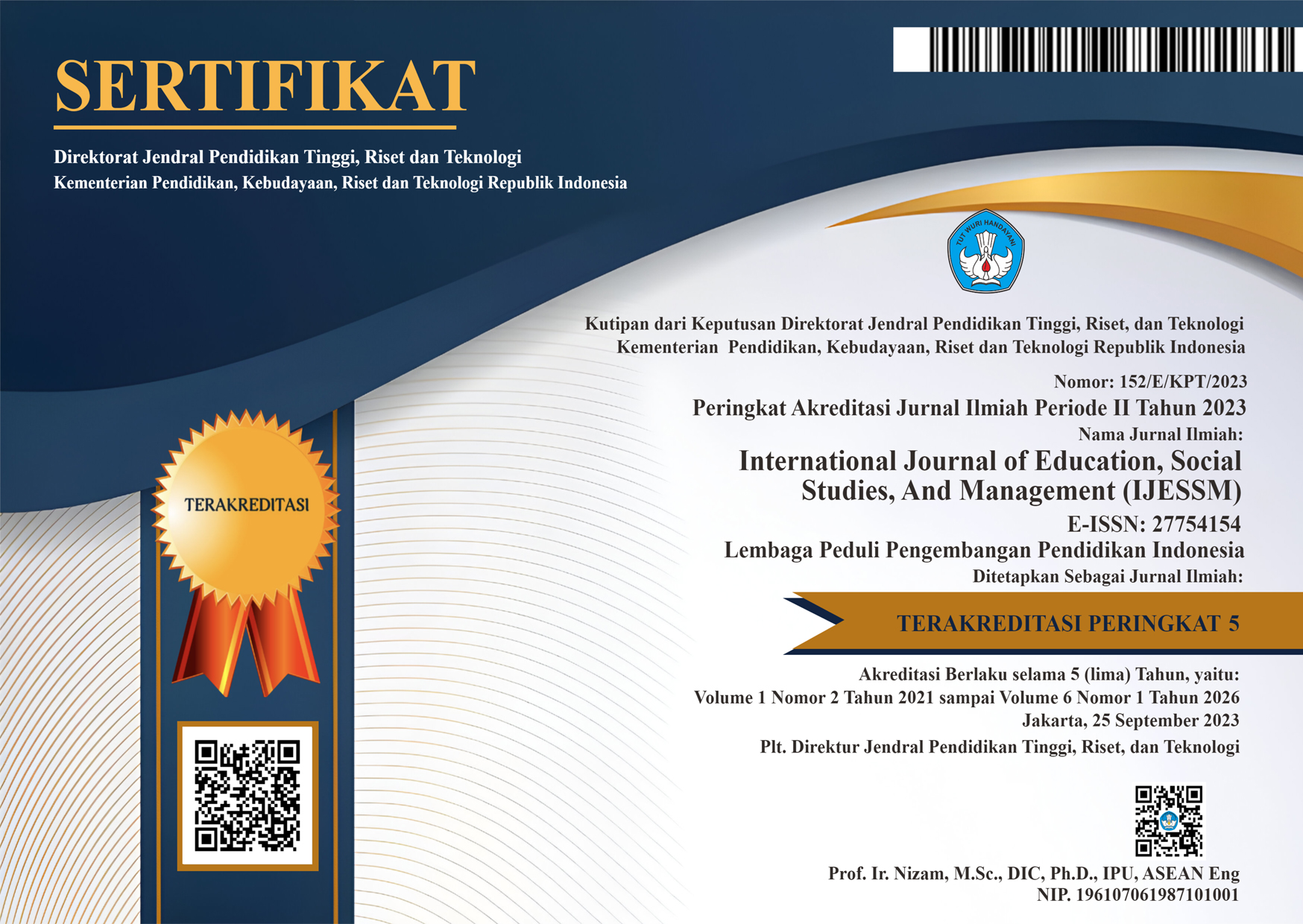Village Government Strategies to Enhance Community Participation In Development: A Case Study in Garessi Village, Tanete Rilau District, Barru Regency
DOI:
https://doi.org/10.52121/ijessm.v4i1.233Keywords:
Community, Development, Village, GaressiAbstract
Community participation in the development process has become a crucial key to achieving sustainable and inclusive development efforts. This study aims to analyze the efforts made by the Garessi Village government, Tanete Rilau District, Barru Regency, in enhancing community participation in local development. The research method used is a qualitative approach with data collection techniques through in-depth interviews and direct field observations.The results of the study show that the village government has implemented various strategies and programs to enhance community participation, including education, training, and the formation of working groups. Furthermore, cooperation between the village government, non-governmental organizations, and the private sector also supports these efforts. However, there are still some challenges such as the high school dropout rate affecting the involvement of young people in development and the limited infrastructure access in some areas.This research contributes significantly to understanding the dynamics of community participation in the context of rural development. The implications of this study are expected to provide insights for village governments in designing more effective policies and programs to enhance community participation in local development.
Downloads
Published
How to Cite
Issue
Section
License
Copyright (c) 2024 International Journal Of Education, Social Studies, And Management (IJESSM)

This work is licensed under a Creative Commons Attribution 4.0 International License.

















